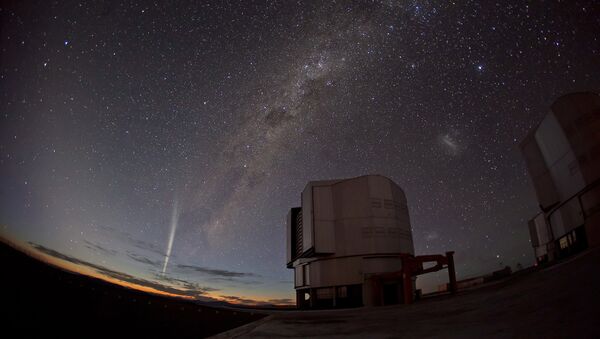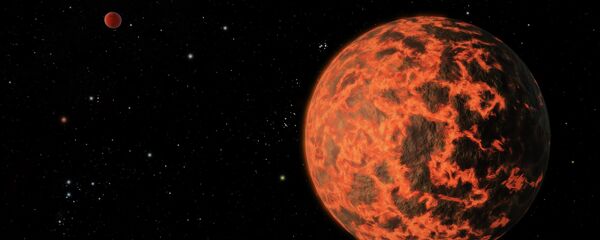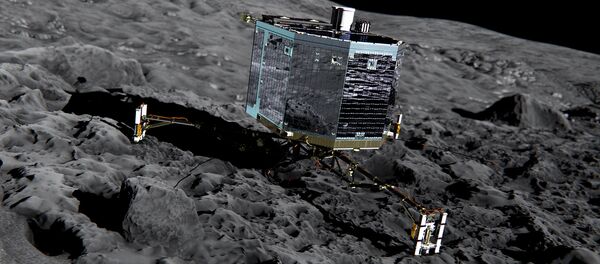“We report the detection of 21 molecules in comet C/2014 Q2 (Lovejoy), including the first identification of ethyl alcohol (ethanol, C2H5OH) and the simplest monosaccharide sugar glycolaldehyde (CH2OHCHO) in a comet,” Nicolas Biver, a scientist of the Paris Observatory and the lead author of a paper on the discovery wrote in his article in Science Advances.
Ethanol, also commonly called ethyl alcohol, drinking alcohol, or simply alcohol is the principal type of alcohol found in alcoholic beverages, produced by the fermentation of sugars by yeasts.
The amount of the released alcohol is as much as “at least 500 bottles of wine every second during its peak activity”, Nicolas Biver said in a press statement.
Apart from alcohol and sugar, the astronomers spotted 21 other organic compounds, including water, which is released at the rate of 20 tons per second.
Astronomers first spotted Lovejoy in August 2014, when it was one of the brightest and most active comets since comet Hale-Bopp in 1997, which, in turn, is said to have been the most widely observed comet of the 20th century.
“Comets are frozen remnants from the formation of our solar system. Scientists are interested in them because they are relatively pristine and therefore hold clues to how the solar system was made,” NASA explained.
"The next step is to see if the organic material being found in comets came from the primordial cloud that formed the solar system or if it was created later on, inside the protoplanetary disk that surrounded the young sun," Dominique Bockelée-Morvan from Paris Observatory, said in a statement.




